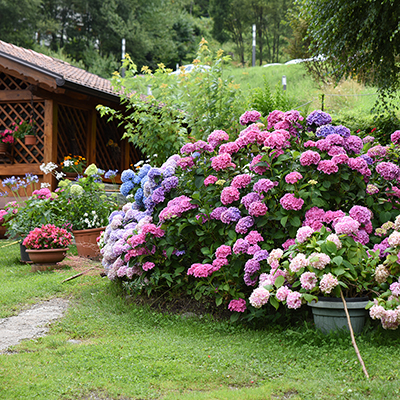Hints and How-Tos for Seed-Saving in Your Garden
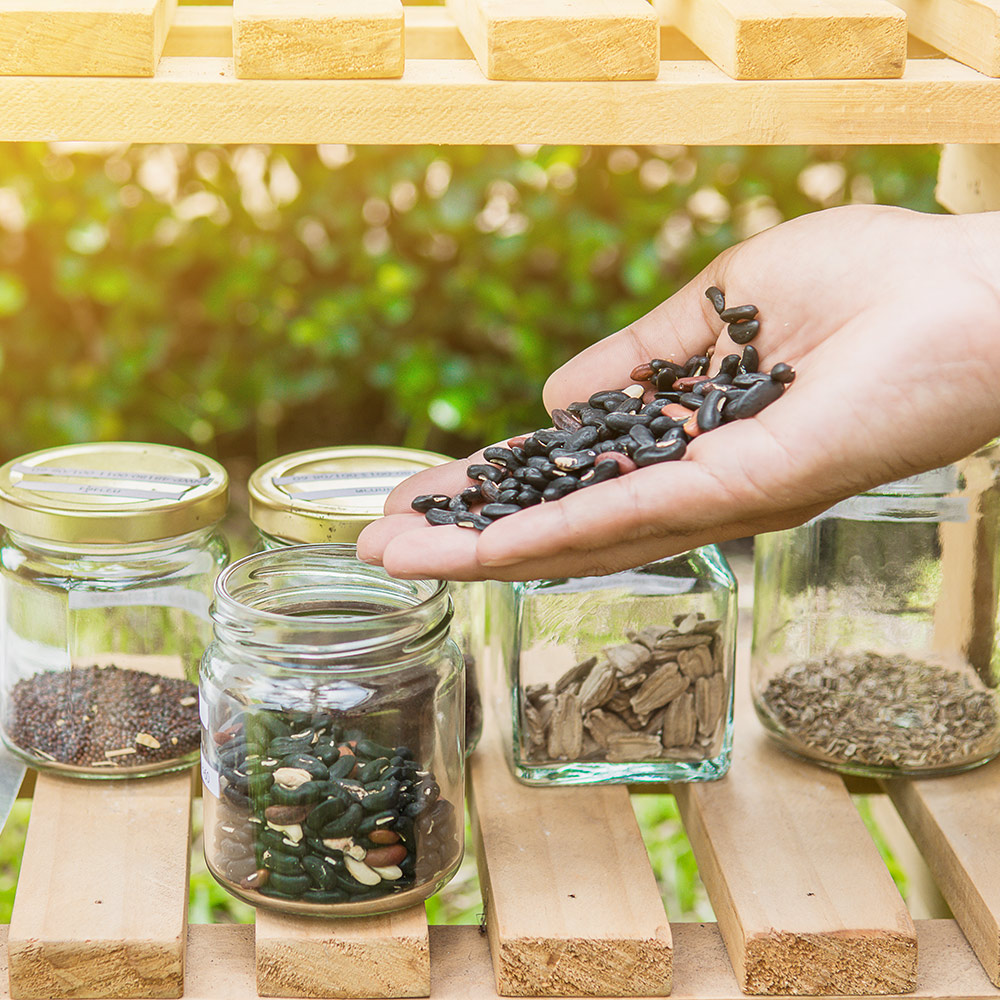
Last updated September 7, 2023
If you are an avid gardener, it's easy to learn how to save seeds from the vegetables and flowers that you grow. This is especially useful if you prefer certain varieties of plants or have heirloom plants that you want to continue in your garden. This guide discusses the steps needed to save seeds to plant next season.
Table of Contents
Learn About Seeds
How to Save Seeds
Get Started Saving Seeds
How to Save Tomato Seeds
How to Save Flower Seeds
Learn About Seeds
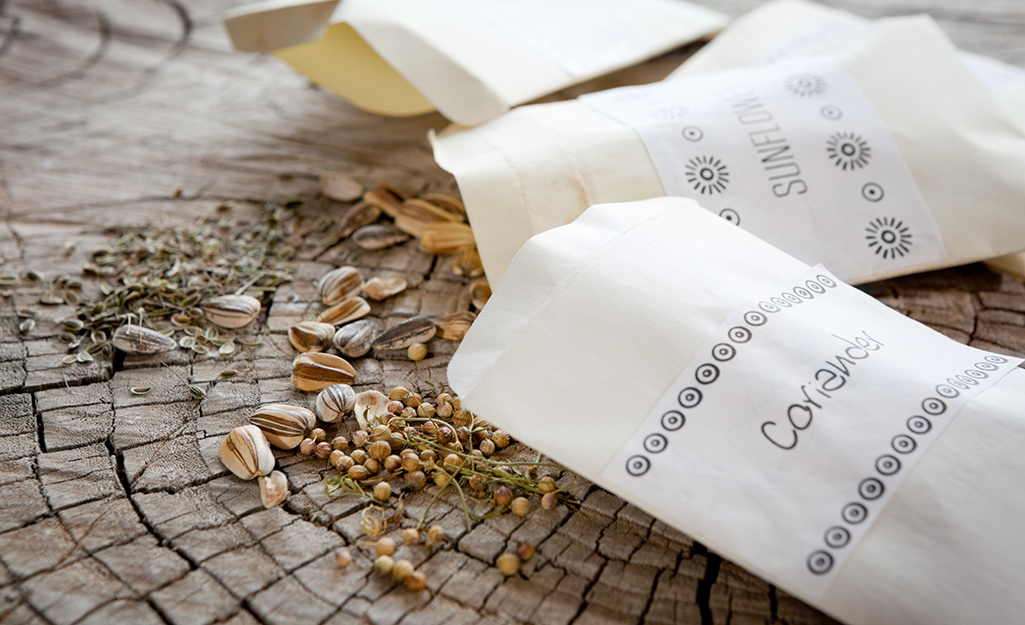
Seed saving success begins by saving seeds from open-pollinated and heirloom seeds. Open-pollinated means that pollination occurs by insects, birds, wind or human sources. Plants pollinated within the same species will grow true to the parent plant. Gardeners define heirloom in differing ways, but agree that these seeds come with a heritage and history, in short, a story. Saving heirloom seeds promotes biodiversity and preserves historical food connections.
There’s also hybrid seeds, created by nature in random cross-pollinations, and by breeders who select desirable traits from different plants to grow improved varieties. Hybrid seeds can be saved, but likely will not grow true to type. They may be weaker, and revert genetically back to the parent plants.
You can identify heirloom and open-pollinated varieties by seed packets and plant tags. Examples of heirloom varieties that you may encounter in the Garden Center: Cherokee purple and Arkansas Traveler tomatoes, herbs like lemon thyme and Genovese, or Thai basil.
How to Save Seeds
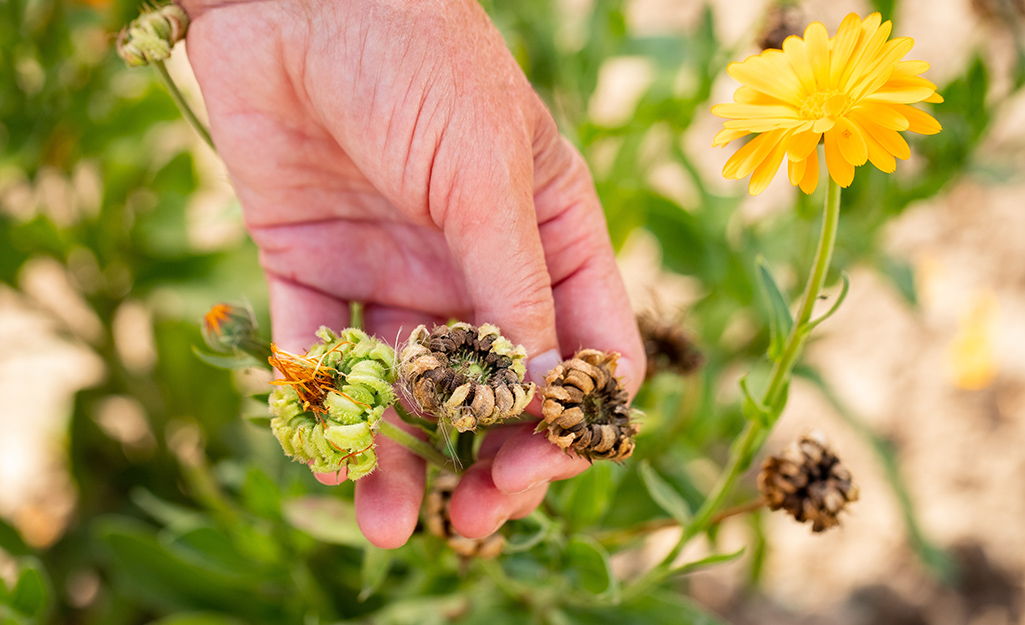
The first rule of seed-saving is to preserve varietal purity. To do this, let the plant form seeds without interference from pollinating birds and insects. Professional seed growers isolate entire beds of plants for seed saving. Home gardeners find it easier to mechanically isolate plants by bagging or caging.
To bag blooms, begin with a breathable mesh bag, not plastic. Small drawstring favor bags found at dollar stores work well. Just place the bag over the bloom, and be sure to tie it off so that no insects can get inside.
Use a tomato cage draped with a floating row cover to protect and gather seeds from an entire plant. Keep the plants bagged as long as the plant is fruiting. Once the fruit is formed, you can remove the bag. Mark these plants with a colorful string or piece of ribbon to indicate that it’s being saved for seed.
Some plants like brassicas and carrots don’t set seed until after a cold period, called vernalization.
Get Started Saving Seeds
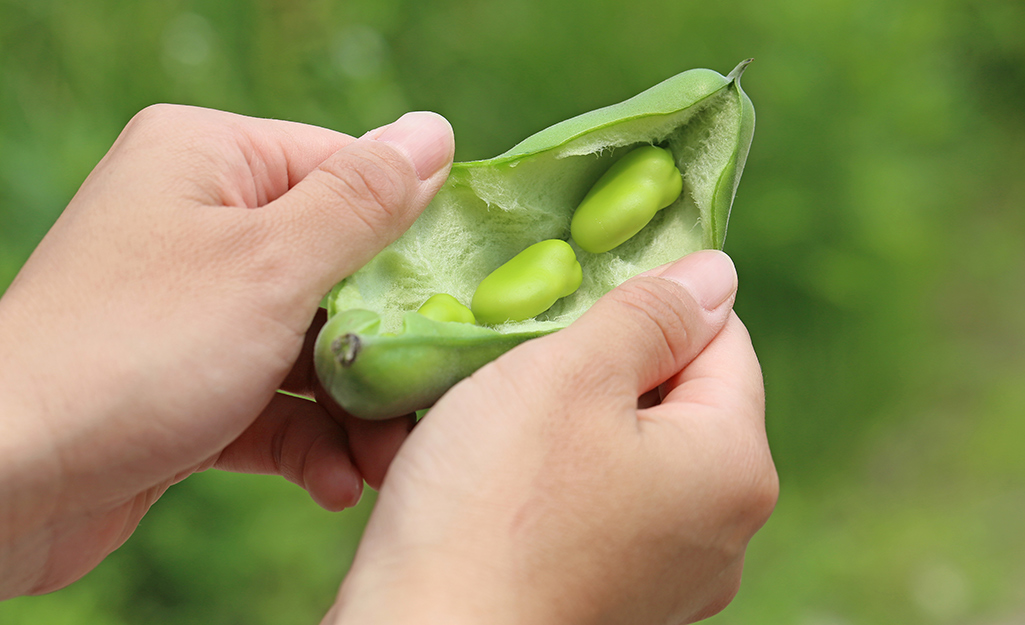
Look to beans and peas for the best place to start saving seeds, especially for children. Beans are colorful and easy to hold on to. As you harvest beans during the summer, leave some on the vine to dry, letting the pods shrivel until they’re leathery and crunchy and rattle inside.
Then, pop open the pods to release the beans or peas and spread on a screen to dry. You can use an old window screen set up on wood blocks for ventilation. When the seeds are dry, store them in paper envelopes labeled with the variety and the date. Paper is superior to plastic for storage because any bit of moisture can spoil the seed.
How to Save Tomato Seeds
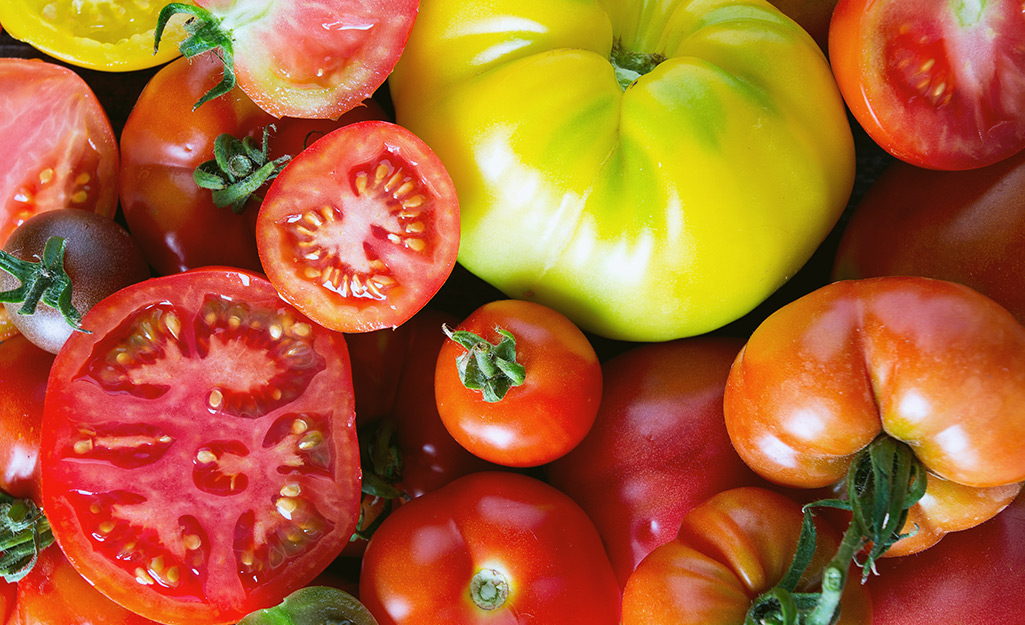
Saving tomato seeds (and melon seeds, too) can be done while preparing the fruit to eat.
- Working with one variety at a time in order to keep track of the type of tomato and to avoid cross-contamination, slice the fruit across the equator and squeeze seeds into a jar with a lid.
- Add a 1/4 cup of water and stir it around. The viable seeds will sink and the unviable seeds will float. Let sit at room temperature for three days to ferment.
- The mixture will grow mold on top. After three days, pour out the mixture into a fine mesh strainer. Rinse the seeds and discard the pulp and mold and liquid. Rinse out the strainer between batches to avoid cross-contamination.
- Pour out the seeds onto a paper plate and write the variety on the plate. Let them dry out of direct sunlight for about a week. Mix them around with your fingers.
- Transfer the seeds to an envelope and write the date and variety on the envelope. Store in a dark, dry place like a closet. Tomato seeds will keep for up to 10 years, but viability decreases after five years.
Saving pepper seeds is similar in process to saving for tomatoes, but without the fermentation process. Keep in mind that some pepper varieties, like green bell peppers, are eaten in an immature state, and that you need fully ripe fruit for seed saving. Eggplant and cucumber are two more that need to be overly mature for seed saving. In the case of peppers, just remove seeds as you go and dry on a labeled paper plate.
Just like some seeds need scarification, or a cold or wet treatment, different vegetables and flowers need special treatment to get the best seeds. Each plant has its own quirks. Doing your research will help you get the best results.
How to Save Flower Seeds
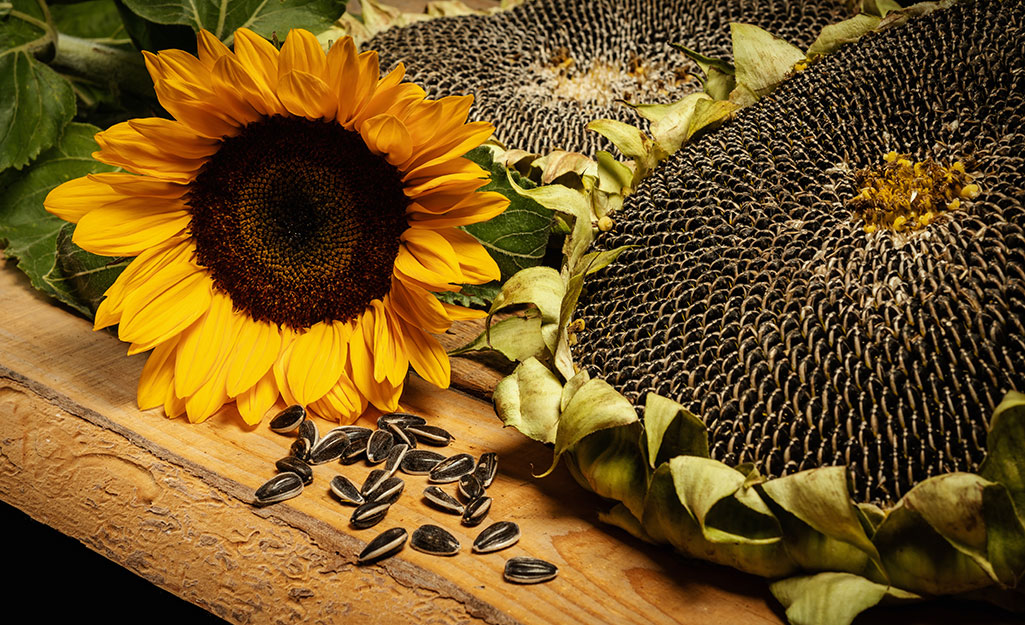
Seed saving is easy for flowers, too. Leave a few sunflowers for the birds, then tie off remaining seed heads to save. Marigold and zinnia seeds can be harvested while you deadhead the plants. Just separate the faded pods by hand and dry on labeled paper plates before transferring to paper envelopes.
When you’re ready to start seeds in late winter, consult this primer and check out the plan for a seed-starting station.
Whether you need the right planters, seeds or potting soil, The Home Depot delivers online orders when and where you need them.










